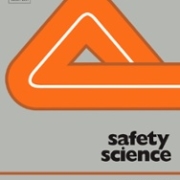Research paper accepted by Journal of Mechanical Design
Identifying a reliable path in uncertain environments is essential for designing reliable off-road autonomous ground vehicles (AGV) considering post-design operations. This paper presents a novel bio-inspired approach for model-based multi-vehicle mission planning under uncertainty for off-road AGVs subjected to mobility reliability constraints in dynamic environments. A physics-based vehicle dynamics simulation model is first employed to predict vehicle mobility (i.e., maximum attainable speed) for any given terrain and soil conditions. Based on physics-based simulations, the vehicle state mobility reliability in operation is then analyzed using an adaptive surrogate modeling method to overcome the computational challenges in mobility reliability analysis by adaptively constructing a surrogate. Subsequently, a bio-inspired approach called Physarum-based algorithm is used in conjunction with a navigation mesh to identify an optimal path satisfying a specific mobility reliability requirement. The developed Physarum-based framework is applied to reliability-based path planning for both a single-vehicle and multiple-vehicle scenarios. A case study is used to demonstrate the efficacy of the proposed methods and algorithms. The results show that the proposed framework can effectively identify optimal paths for both scenarios of a single and multiple vehicles. The required computational time is less than the widely used Dijkstra-based method.




